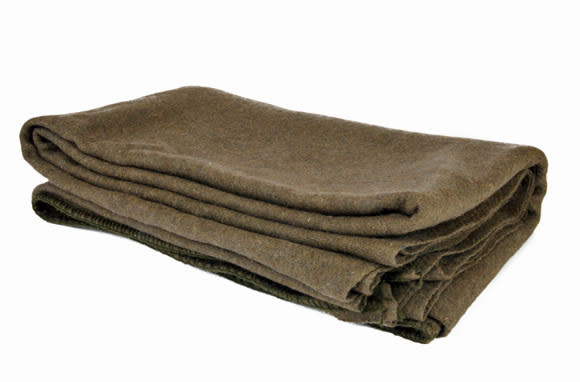Germiest places you encounter while traveling

Do you get sick when you travel? Chances are you've contracted something from one of these 10 dirty offenders. From airplane tray tables to hotel bedspreads, nasty germs are literally everywhere. But with a little knowledge and a lot of hand sanitizer, you can stay uninfected on the road.
MORE AT SMARTER TRAVEL
Hotel Remotes
Hotel housekeepers may bleach the bathroom and dust the nightstand, but they rarely clean the TV remote. Studies conducted by microbiologists have found that the remote controls have some of the highest levels of bacterial contamination in the hotel room. Worried? You can always download the LodgeNet Mobile app and use your smartphone to control the TV.

Airplane Bathrooms
Airplane lavatories may be tiny, but they're big breeding grounds for germs. The space is so small that flushing the toilet sprays bacteria onto almost every surface in the bathroom, including the sink. Messy passengers who leave the sink wet are just encouraging germs to breed. Your best bet is to wash your hands, use a paper towel to open the bathroom door, and use hand sanitizer when you get back to your seat.

Airplane Tray Tables
Poor tray tables—we've seen them used as diaper-changing tables for newborns, dirty-tissue depositories, and barf-bag holders. With quick flight turnovers, these tray tables aren't getting sanitized between every trip, either. So think about that before you eat off of one on your next flight. Bring sanitizing wipes and give your tray table a quick once-over before using it.

Water Fountains
Which would you rather drink from, a public water fountain or a public toilet? Well, it turns out that the water fountain may have more bacteria. A number of studies have shown that public fountains are founts for germs—one study by the National Sanitation Foundation (NSF International) found that the dirtiest spots in public schools are the water fountains. Think about it: Bathrooms are cleaned multiple times per day, but when was the last time you saw a water fountain being cleaned? Consider that the next time you want to refill a water bottle at a public fountain on your travels, and maybe buy a new bottle instead.

Pillows and Blankets
Excited to get a free pillow and blanket on your next flight? Don't be, especially if they're not sealed in plastic. Blankets and pillows generally aren't cleaned between shorter flights. What if the flyer before you was sick, drooling all over the pillow, or using the blanket as a makeshift tissue? Better to bring your own travel blankets and pillows!

Hotel Bedspreads
Think twice before you flop down on your freshly made hotel bed. The heavy bedspread on top probably hasn't been washed in a while. Most hotels change the sheets between guests but don't change the top comforter, which could be a nice cozy home for bedbugs and bodily fluids. We suggest tossing the top layer of bedding on the floor and sleeping with only the washed sheets and blankets.

Airplane Seat Pockets
We've seen passengers shove used tissues, dirty diapers, banana peels, sunflower-seed shells, and general trash into the seat pockets on a plane. And that black hole of grossness definitely isn't deep-cleaned between flights. We recommend that you don't put anything in that pocket—it's like storing your stuff inside a public trashcan for the duration of your flight.

Hotel Light Switches
What's one thing that everyone touches in a hotel room, but no one ever cleans? It's the light switch, and it's home to lots of germs. Think about it: People might wash their hands once they get inside the room, but the first thing they touch (after being on germy planes and trains) before reaching the bathroom is the room's light switch. A recent study by a University of Houston researcher found that the main light switch was the dirtiest surface in the hotel rooms tested and often contained high levels of fecal bacteria.

Touch-Screen Ticket Kiosks
Self-serve kiosks are great time-savers for checking in and printing boarding passes at airports and train stations. Unfortunately, they aren't health savers, as they are also covered in germs. An ABC affiliate did a test of public touch screens and found that an Amtrak check-in terminal at Union Station contained a reading of 3,700 colony-forming bacteria units (CFU) per swab. It's not all bad news, though, as a Delta check-in kiosk at Reagan National Airport only contained 10 CFUs. Wash your hands or use sanitizer after touching the screens.

Cruise Ship Handrails
Cruise ships are notorious for being germ incubators. Watch out for the handrails that you use to get on and off the ship. They're touched by thousands of other passengers every day, and germs can live on them for hours. If you need to touch them to keep your balance, be sure to wash or sanitize your hands afterwards.
